Counterfeit Detection By Microscope
This is a reprint of my latest Muscular Development article, ANABOLIC RESEARCH UPDATE (September 2010, pg. 260). The layout was a bit complicated, and a couple of pictures were omitted. Here is the article with its correct layout.
You can download a PDF file with the full article HERE.
.
ANABOLIC RESEARCH UPDATE:
Counterfeit Detection by Microscope
By William Llewellyn
This month I’d like to discuss some of the research I’ve been doing lately. In particular, I’ve been working on developing new methods for detecting counterfeit steroids. As many of my readers know, the illicit market for anabolic steroids has degraded tremendously over the past decade. Many of the drugs sold today are counterfeit. Given the high amount of money to be made, counterfeiters have been getting more and more sophisticated in an effort to protect their businesses. So my objective has been to come up with a new approach, especially for dealing with sophisticated copies that are normally hard to spot by eye.
Years ago I had the idea of doing microscope analysis on the packaging of steroid products. While I knew there was potentially here, I ultimately didn’t think walking around with a microscope was practical. I shelved the idea until recently, when I noticed these tiny handheld microscopes. For about $40 you can obtain a unit that fits in your pocket and gives a clear picture at 200X magnification. What I’ve been able to do with it has been pretty exciting. I will be presenting the results in a new chapter for ANABOLCIS 10th edition. For now, I’d like to give a preview of one aspect – microscope analysis of the lot number/expiration date.
What to Look For
If you know what to look for, the lot number/expiration date can be a very good place to spot counterfeits. Pharmaceutical companies have their boxes and labels printed in bulk, usually at an offsite facility. They are blanks, in that specific lot numbers and expiration dates will be added with mechanical stamping or computer printer when the drug is packaged. Many counterfeiters don’t do this, however, as it is much easier and cheaper to print the lot and expiration information with the rest of the box/label. So if we examine this area, and can confirm the data was printed with the rest of the box, we know for certain it is fake. The following are some examples to show how it is done.
Mechanical Stamping
(real)
This first set of photographs show a lot number and expiration date set on a real steroid product, which was added with mechanical stamping. We can see the ink is fairly solid under 200X magnification. Some blotchiness in the ink is ok. What we do not want to see are tiny dots under the microscope.
(counterfeit)
This second set of pictures shows a counterfeit with the lot number and expiration date printed with rest of the packaging. The counterfeiter used a bold typeset to give the illusion of mechanical stamping, but under 200X magnification we see it is not sold ink but tiny dots (indicative of normal process printing).
Computer Printing
(real)
This next set of pictures shows a real steroid product that had the lot number and expiration date added by computer printer. Each character is made of several large ink dots. When you look at the dots under 200X magnification, we again see the ink is fairly solid.
(counterfeit)
This counterfeit product has simulated computer-printed characters for its lot number/expiration date. Once again, when we look under 200X magnification we see that the numbers and letters are not made of solid ink dots, but break down to the very tiny dots characteristic of normal process printing.
Summary
I highly recommend that you pick up a pocket microscope, and keep these pictures handy. They should serve as a good point of reference to help you differentiate counterfeit from real the next time you are unsure. Unfortunately, sophisticated counterfeiters often do use the proper labeling equipment. So these methods are not perfect. Still, I find them to be useful very often. It seems that many counterfeiters aren’t paying close enough attention to this aspect of the trade. I suggest that you advantage of this oversight while you can.
Got a question for William Llewellyn? You can ask him directly on the MD website and have William personally answer your question! Go to www.musculardevelopment.com, MD Forums, MD Staff and Pros, Q and A for William Llewellyn.
Editor’s Note: William Llewellyn’s books ANABOLICS, UNDERGROUND ANABOLICS, and SPORT SUPPLEMENT REFERENCE GUIDE are now available for 25% off by calling 888-918-7888 or visiting www.AnabolicsBook.com.
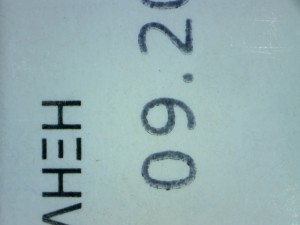
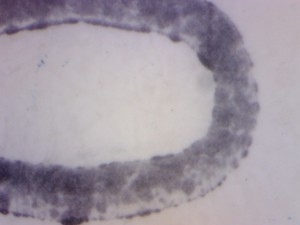
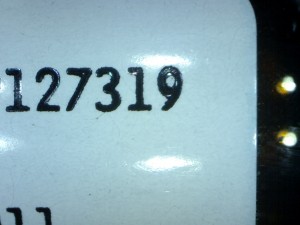
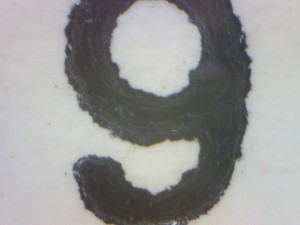
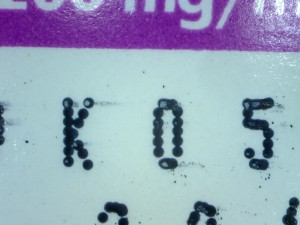
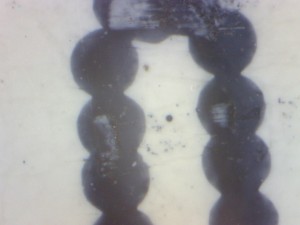
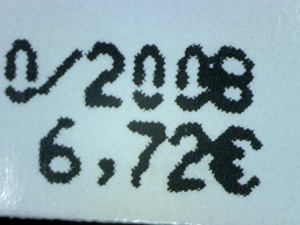
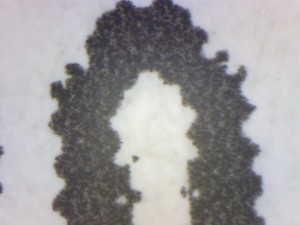
What has been your experience with Omega Labs? Also, is testoprim-d highly counterfeited?